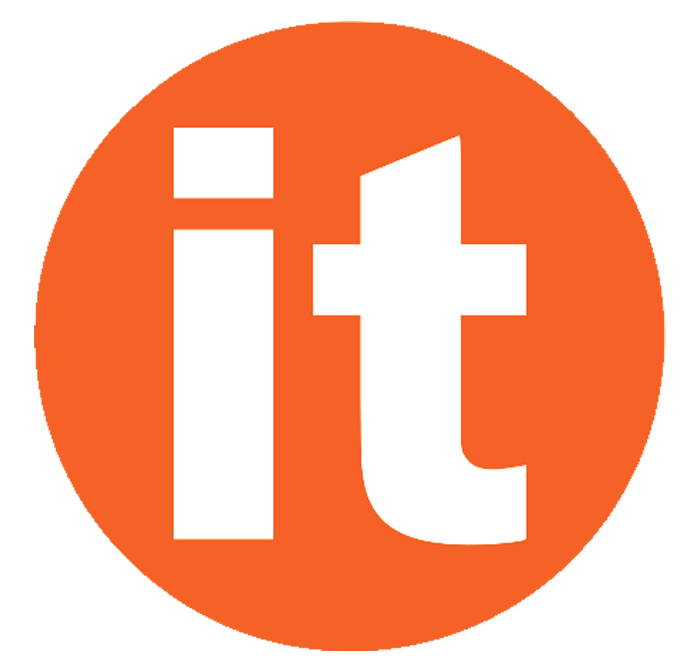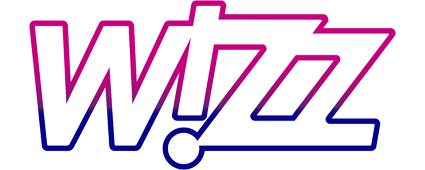Digital transformation has become a crucial priority for many CEOs, with over 40% seeing it as integral to their company’s strategy. However, the journey to digital transformation is complex, involving numerous steps and often requiring a dedicated team to oversee process improvement and digitalization.
With the proliferation of new technologies, prioritizing upgrades can be challenging. Decentralized systems may lead to disjointed processes, with some departments lagging. This is particularly true if systems are self-maintained and require manual updates. Implementing an ERP system with a strong network of partners and development support can help streamline processes and eliminate outdated tools.
Choosing a System that Suits Your Growth Targets
When planning your digital transformation strategy, it’s essential to integrate user and business requirements along with industry-specific compliance standards. A system that is both flexible enough to meet your needs and robust enough to avoid constant customizations and upgrades is necessary for sustainable growth.
A flexible system allows you to adapt to changing business needs without extensive overhauls. Robust systems reduce the frequency of necessary upgrades, ensuring smoother operations and minimizing disruptions. This balance is crucial for maintaining efficiency and achieving long-term goals.

Assessing Your Performance Requirements
Streamlining your operations is a lengthy process that can be expedited with a thorough requirements analysis. It is essential to include representatives from all stakeholder groups, including daily users, decision-makers, IT administrators, and industry experts, to ensure that all perspectives are considered.
Understanding the current state of key metrics and performance indicators is critical. This baseline helps in evaluating the impact of new investments and identifying areas that need adjustments. A well-defined analysis aids in diagnosing problems and refining strategies throughout the implementation and adoption phases.
Creating Sustainable Growth with Microsoft Dynamics Applications
The choice between on-premise and cloud solutions often boils down to control versus scalability. On-premise solutions offer complete control over deployment but are generally more costly. In contrast, cloud solutions are managed externally, spreading costs across multiple companies.
Implementation of Microsoft Dynamics 365 for Finance and Operations provide the flexibility and scalability of cloud solutions. Supported by Microsoft for timely upgrades, these platforms centralize operations, preventing any department from lagging. This centralized approach ensures consistency and efficiency across the organization.
On-Premise vs. Cloud Solutions
Digital transformation is not merely a trend but a strategic imperative for modern businesses. By carefully selecting a flexible and robust system, conducting thorough requirements analyses, and choosing between on-premise and cloud solutions based on specific needs, companies can streamline their operations and achieve sustainable growth.


















